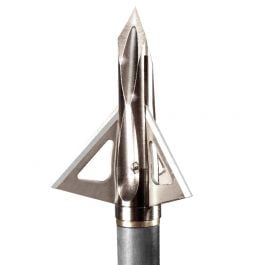Sbarrera185
Lil-Rokslider
- Joined
- Mar 12, 2019
- Messages
- 102
I started shooting archery last year, I’ve just been shooting at targets but planning to do OTC archery tag this year. Only thing I’m having issues is understanding broadheads. How do you go on choosing your broadheads, grains, bevels, fixed or mechanical, how will this affect the shooting? Any help would be appreciated, thanks!
Sent from my iPhone using Tapatalk
Sent from my iPhone using Tapatalk

